44 sea star anatomy
Sea star anatomy - Emily S. Damstra Sea star anatomy. anatomy and life cycles, animals - invertebrate, echinoderms - Medium: digital . Illustration of the anatomy of a sea star (starfish) Emily S. Damstra 3-304 Stone Road West, Suite 211. Guelph ON Canada N1G 4W4 (519) 616-3654. esdamstra@gmail.com. Scienstructable 3D Dissection Model®: Starfish Paper ... - Carolina.com This sea star/starfish dissection model will be the star of the show as students take a hands-on approach to learning the anatomy of the starfish. Students color, cut out, and assemble a paper model while learning to identify and explain the anatomical structures and functions of the starfish. Use the eco-friendly model as a dissection-free ...
Sea Stars of The Pacific Northwest_biology Sea stars have no brain or central nervous system. Instead a nerve ring in the central disc connects to radial nerves running down the length of each arm. These nerves join a diffuse network of nerve cells scattered throughout the skin. REPRODUCTION Sea stars have separate sexes.

Sea star anatomy
National Aquarium - Sea Stars Sea stars are invertebrates related to sea urchins, sea cucumbers and sand dollars, which are all echinoderms. Echinoderm means spiny skin—a reference to their hard, calcified skin, which helps to protect them from predators. Sea stars have rows of tiny tube feet extending from the grooved surface on their underside. anatomy of a sea star Echinoderm Anatomy - Anatomy Drawing Diagram. sen842cova.blogspot.com. echinoderm anatomical. Sea star anatomy part 2. Sea star wasting syndrome causing mass die-off on the west coast. Star sea anatomy starfish science dissection internal echinodermata external facts animals biology college phylum module sanchez classes mrs. anatomy of sea star Sea Star Anatomy Part 2 - YouTube . star sea anatomy starfish science dissection internal external echinodermata facts animals biology college phylum module sanchez classes mrs. V Ling: 08.12 vaughanling.blogspot.com. Starfish: Characteristics, Reproduction, Habitat, Types And More
Sea star anatomy. Sea Star Anatomy - Comparative anatomy Sea Stars are invertebrates and organisms with no head, but tube feet and arms where they can sense as well as see. These five arms or more, can regenerate them as long as the central disk is not affected. They have radial symmetry and an oral surface as well as aboral with the arms and disk covered with spikes. Starfish Anatomy - Biology Wise Anatomy is the study of the internal and external structures present in an organism. Starfish are echinoderms, and belong to the class Asteroidea. This species is also known as 'sea star'. These are found in the Pacific, Atlantic, Indian, and even the Arctic and Southern oceans. Sea Stars (Starfish): Anatomically Speaking - Seatales Publishing The third and final diagram is of the sea star's water vascular system, that's extremely important because the sea star uses it to move, eat, breath, and cling to things. 1. Eye: The common sea star has five eye spots on the tip of each of its five rays. These eye spots can see shadows and light. 2. Sea Star anatomy Flashcards | Quizlet Describing an animal having a body composed of three embryonic cell layers: the ectoderm, mesoderm, and endoderm coelom the main body cavity in most multicellular animals and is positioned inside the body to surround and contain the digestive tract and other organs Ossicles Spines that project from body Endoskeleton Outside of Sea Star Oral Surface
Starfish - Wikipedia They typically have a central disc and usually five arms, though some species have a larger number of arms. The aboral or upper surface may be smooth, granular or spiny, and is covered with overlapping plates. Many species are brightly coloured in various shades of red or orange, while others are blue, grey or brown. Sea Star Anatomy Part 1 - YouTube External anatomy of a sea star. Phylum Echinodermata, Class Asteroidea.Initial steps of the dissection process are also explained.Part 2: Internal anatomy, c... Sea Star - COMPARATIVE ANATOMY SEA STARS VS. HUMANS. -Sea stars have a pyloric and cardiac stomach, while a human only have one. -Similar to humans, once the food is digested, the sea star excretes it from the anus. -Unlike human, in some instances, sea stars digest their food outside their body. -Sea stars have a Water Vascular System. Sea stars do not have a circulatory ... Sea Stars - Pacific Beach Coalition Sea stars have hard outer skin with many short spines or bumps (ossicles) on the top part of the animal. Sea stars are echinoderms, which means they are related to sea urchins, sand dollars, basket stars, brittle stars, and sea cucumbers. All echinoderms have a calcareous skeleton covered with skin.
Starfish (Sea Star) Anatomy - Carlson Stock Art Illustration of the structure of a starfish (or sea star), an echinoderm closely related to sea urchins and sand dollars. 7 Facts About Sea Stars That Are Out of This World Source: GIPHY. The anatomy of a sea star's digestive system is quite alarming, and has an incredibly unique two-part stomach system. Here's what happens during the digestive process: first, a sea star moves its entire body on top of its prey, so that its mouth is centered on the organism of choice. It will then use its sac-like cardiac ... Sea Star Anatomy Part 2 - YouTube ("Part 1: external anatomy and dissection procedures" can be found here: )Internal anatomy of a sea star. Phylum Ec... Basic Facts about a Starfish's Biology and Behavior Sea stars feed on bivalves like clams and mussels, and other animals such as small fish, barnacles, oysters, snails, and limpets. They feed by "grasping" their prey with their arms and extruding their stomach through their mouth and outside their body, where they digest the prey. They then slide their stomach back into their body. Cite this Article
Starfish: Characteristics, reproduction, habitat, types and more Their anatomy is characterized by its flexible arms with bands of longitudinal muscles along its dorsolateral surface. The central disc is usually small. 4.- Velatida This order contains about 200 species in five families. These starfish are characterized by having thick bodies with large discs, and between 5 and 15 arms.
Sea Star Anatomy - John Burroughs School of a sea star are intended to serve as a review resource and to be used to prepare for a laboratory exam. Users of this review are encouraged to identify the organs shown and then to record the names of the organs. Important organs are identified by a numbered pointer or a numbered line. Record the names of the
Sea Star: Dissection | SchoolWorkHelper Each sea star had hundreds of tiny feet on the bottom of each ray. These are tube feet, or podia. These tiny feet can be filled with sea water. ... Internal anatomy: With the starfish's aboral surface facing you, cut off the tip of a ray. Cut along lines a, b, and c (Figure 3) and then remove this flap of skin.
On the Cutting Edge: Starfish Anatomy | Carolina.com The sea star, or starfish, is a marine invertebrate belonging to the phylum Echinodermata (from the Greek for spiny skin). It exhibits radial symmetry, with 5 arms extending from a central disk. Introduce your students to the external anatomy of the sea star using the dissection guide below and explore the interesting structures that function ...
Sea Star Anatomy and Function Flashcards | Quizlet External opening to cardiac stomach (through a short esophagus) Anus Regulates egestion of undigested food (feces) from the body Madreporite Porous entrance to the water vascular system that serves as both pressure regulator and simple filter Ambulacral grooves Radiate from the mouth to the tip of each arm and house the tube feet Tube feet
Starfish Anatomy & Characteristics | What are the Different Types of ... Sea stars have radial symmetry, which means their anatomy is arranged in a circle while their arms are evenly spaced out around the central disc. The organism's body does not have either a left or...
Sea Star Anatomy 101 - ThoughtCo One of the most noticeable features of sea stars is their arms. Many sea stars have five arms, but some species may have up to 40. These arms are often covered with spines for protection. Some sea stars, like the crown of thorns starfish, have large spines. Others (e.g., blood stars) have spines so small that their skin appears smooth.
Starfish (Sea Star) Dissection || Neither Star Nor Fish This dissection lab is for anyone who is curious about sea star anatomy, wants to cover sea star anatomy for a zoology course, missed the sea star dissection during biology class, or just wants to have a fun time. The video will teach you how to dissect a sea star step by step, and review the external and internal anatomy of the sea star.
PDF SEA STAR fact sheet - Seattle Aquarium spined sea star) to 40 inches across (our local sunflower sea star). Most sea star species have five arms but many have more. The sunflower sea star can have up to 24 arms. • Longevity: Sea stars can live a relatively long time. Some species, including the sunflower sea star, Pycnopodia helianthoides, live for more than 30 years.
The Microbial Landscape of Sea Stars and the Anatomical and ... The sea star microbiome was also significantly different from seawater with relatively few shared microbial taxa. Microbial communities were found to be significantly different between the pyloric caeca, gonads, coelomic fluid, and body wall of the animals. ... Sea star anatomy. Basic anatomy of a sea star with cross section of a ray ...
Sea Star - Description, Habitat, Image, Diet, and Interesting Facts Description of the Sea Star There are over 1,500 different species of sea star, which come in many different shapes and sizes, but all of these animals consist of arms extending from a central disk. In most species, starfish have five arms, giving them a star-shaped appearance.
Lesson 4: Sea Star (Echinoderm) - C.S.W.D The role of the sea star (starfish) Other echinoderms: sand dollar, sea urchin, sea cucumber; Anatomy and physiology of a sea star; Ecology; Echinoderms: Introduction. Echinoderms are radially symmetrical animals that are only found in the sea (there are none on land or in fresh water). Echinoderms mean "spiny skin" in Greek.
Sea star anatomy. Basic anatomy of a sea star with cross ... Basic anatomy of a sea star with cross section of a ray. Anatomical sites sampled for this study include: (1) pyloric caeca (green), (2) gonads (yellow), (3) ...
Sea Stars - Denver Zoo Some species of sea star have the ability to regenerate lost arms or even regenerate a whole new sea star from a single arm attached to a portion of the central disc. Regeneration is possible because each of the arms contains parts of the vital organs including the digestive tract and reproductive organs. Regeneration is a slow process and may ...
anatomy of sea star Sea Star Anatomy Part 2 - YouTube . star sea anatomy starfish science dissection internal external echinodermata facts animals biology college phylum module sanchez classes mrs. V Ling: 08.12 vaughanling.blogspot.com. Starfish: Characteristics, Reproduction, Habitat, Types And More
anatomy of a sea star Echinoderm Anatomy - Anatomy Drawing Diagram. sen842cova.blogspot.com. echinoderm anatomical. Sea star anatomy part 2. Sea star wasting syndrome causing mass die-off on the west coast. Star sea anatomy starfish science dissection internal echinodermata external facts animals biology college phylum module sanchez classes mrs.
National Aquarium - Sea Stars Sea stars are invertebrates related to sea urchins, sea cucumbers and sand dollars, which are all echinoderms. Echinoderm means spiny skin—a reference to their hard, calcified skin, which helps to protect them from predators. Sea stars have rows of tiny tube feet extending from the grooved surface on their underside.

:max_bytes(150000):strip_icc()/Common-sea-star-Rodger-Jackman-Getty-56a5f7725f9b58b7d0df50fc.jpg)
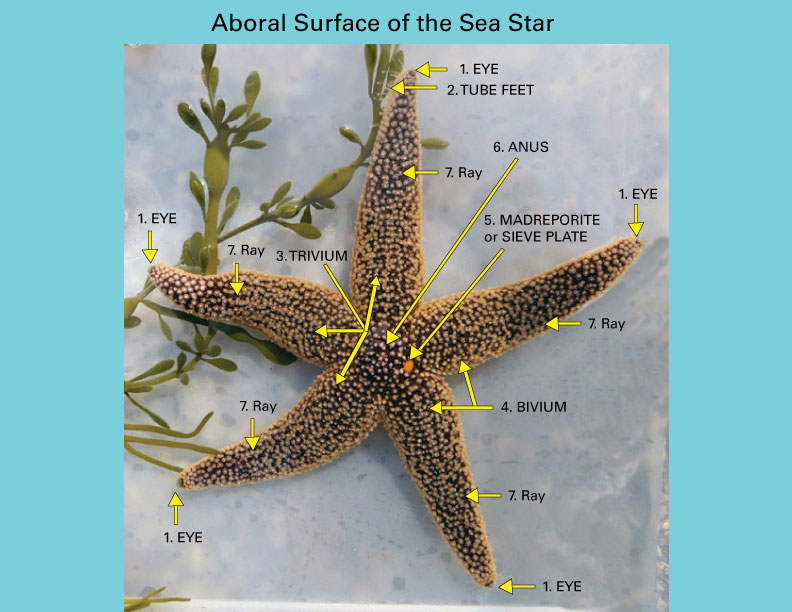
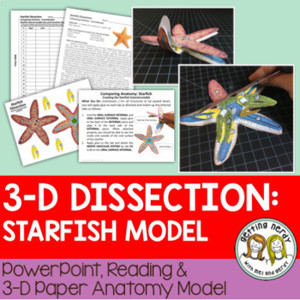
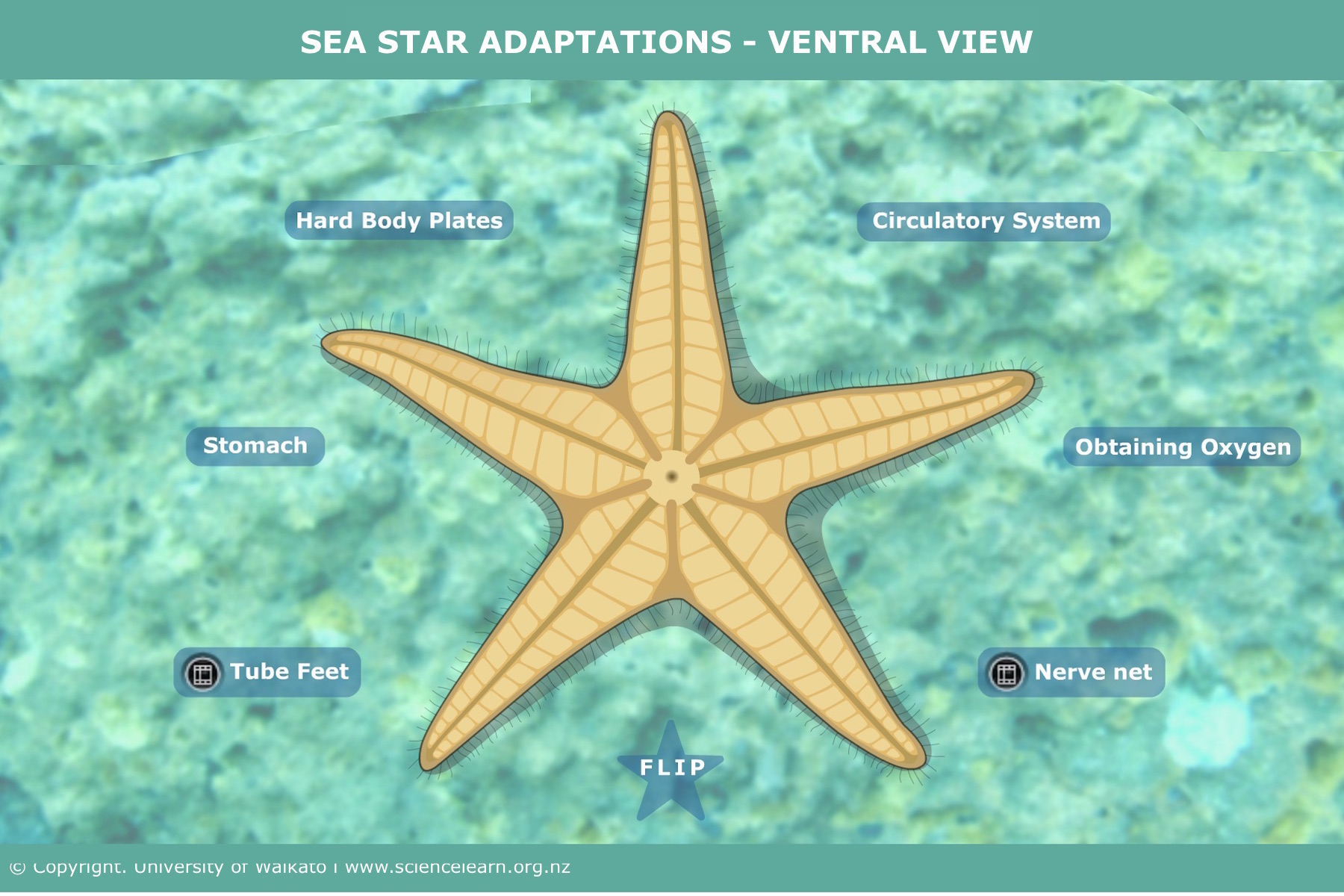


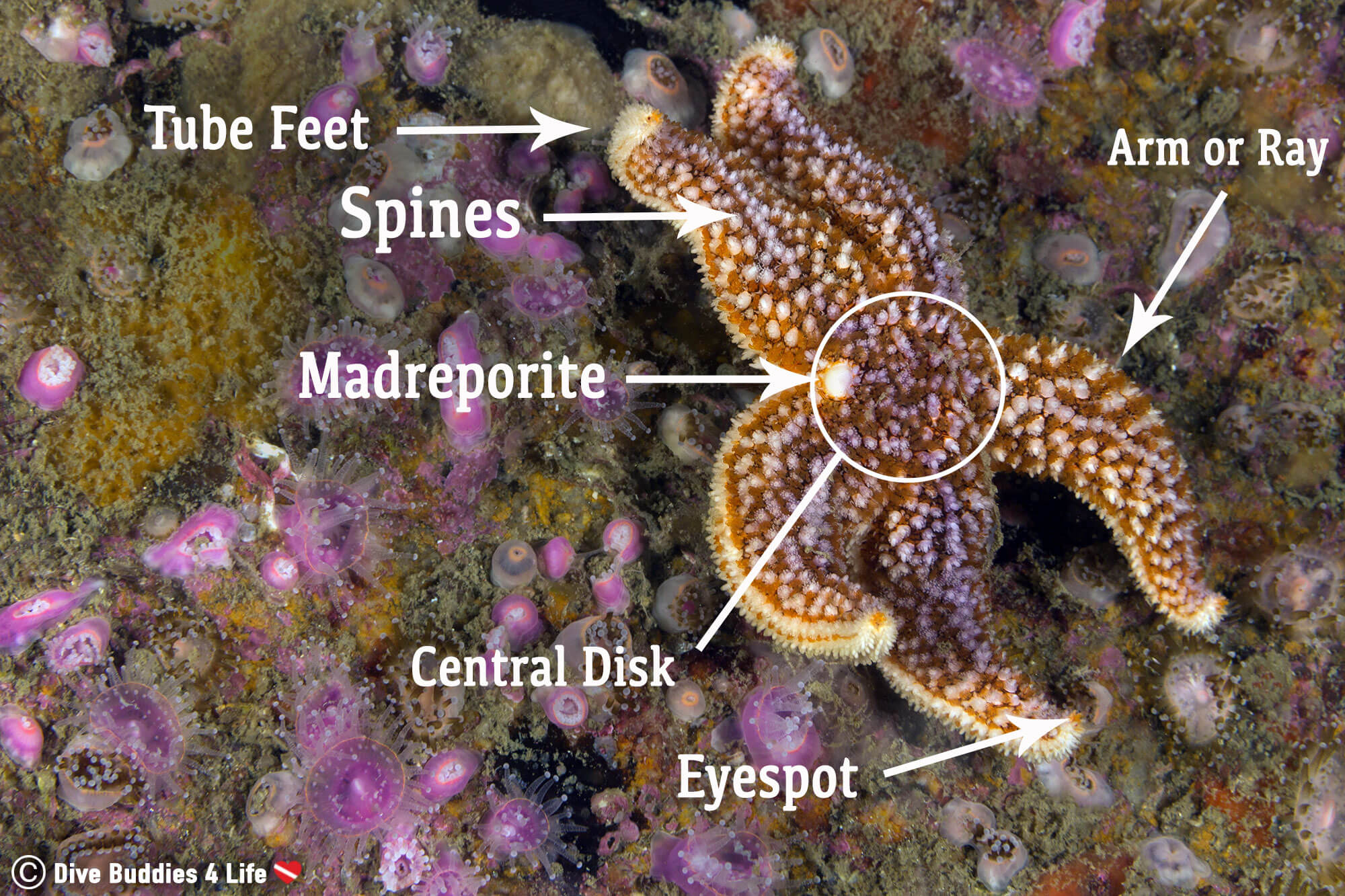
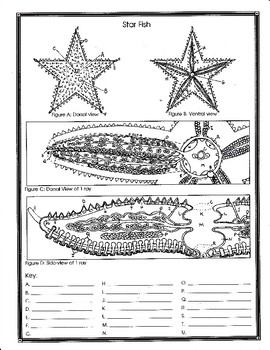


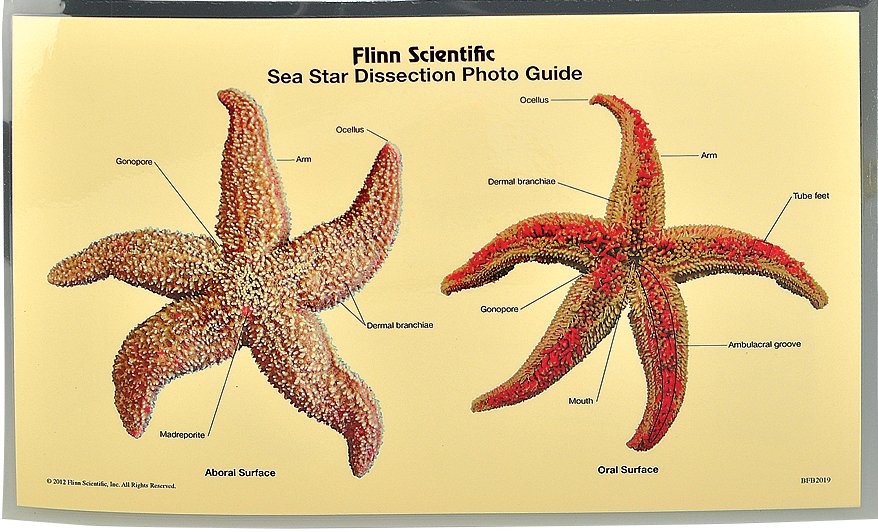
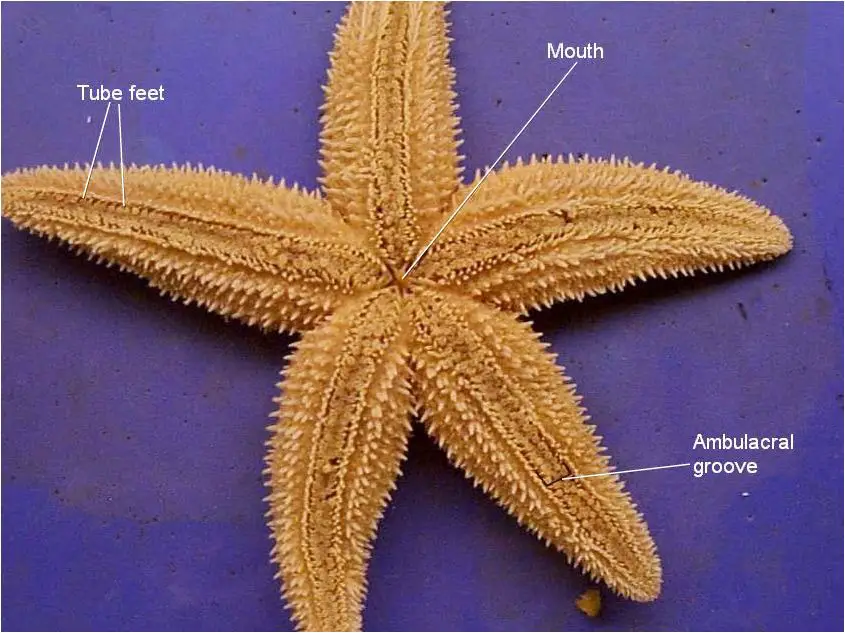

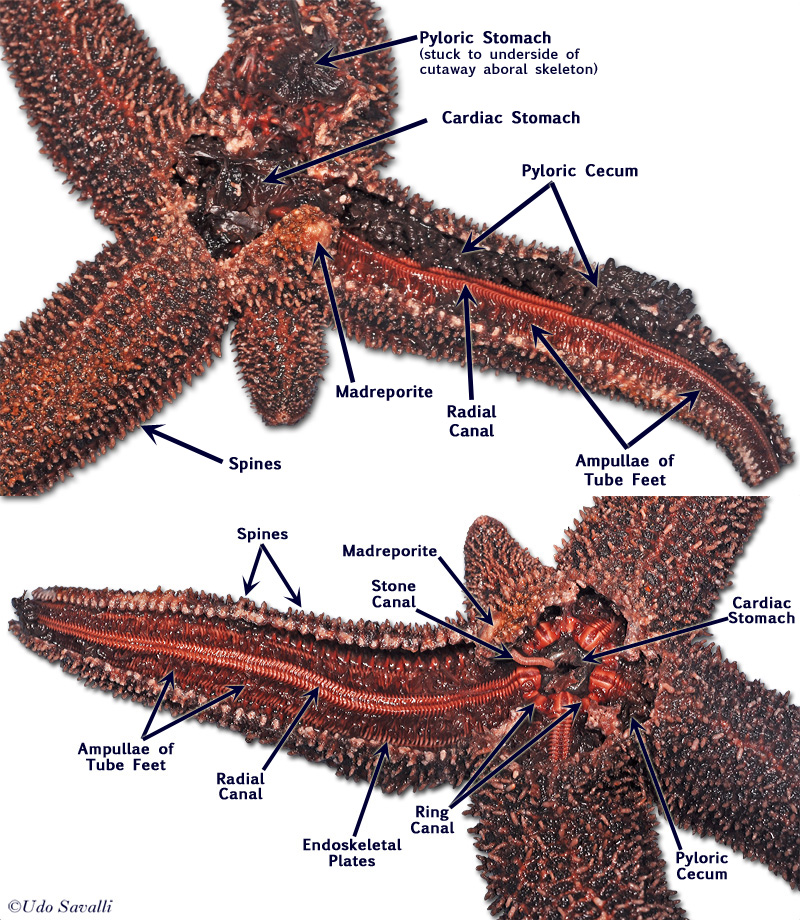

/Sea-star-regenerating-Galapagos-Jonathan-Bird-getty-56a5f76f3df78cf7728abeb8.jpg)


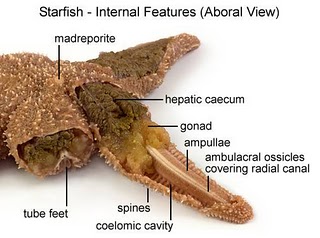

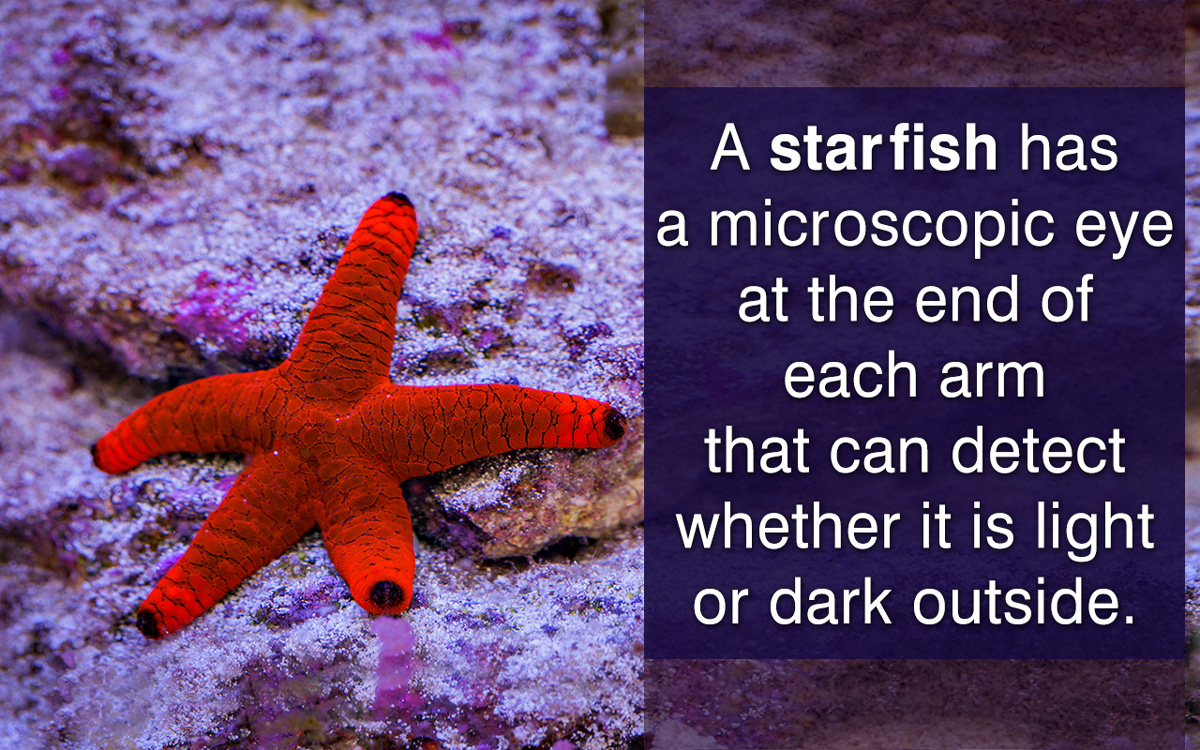


:max_bytes(150000):strip_icc()/Echinaster_sentus_spiny_starfish_Bird_Key_Middle_Ground_East_Beach_Tampa_Bay_Florida_USA_5_23894194544-5ad105d7c5542e0036c09ac8.jpg)

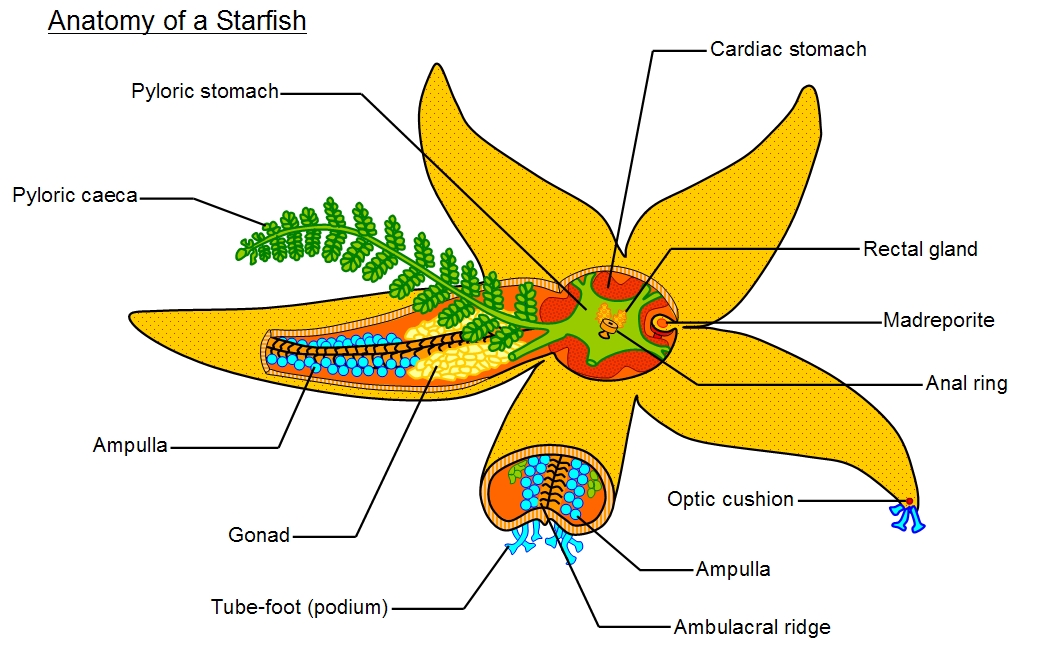
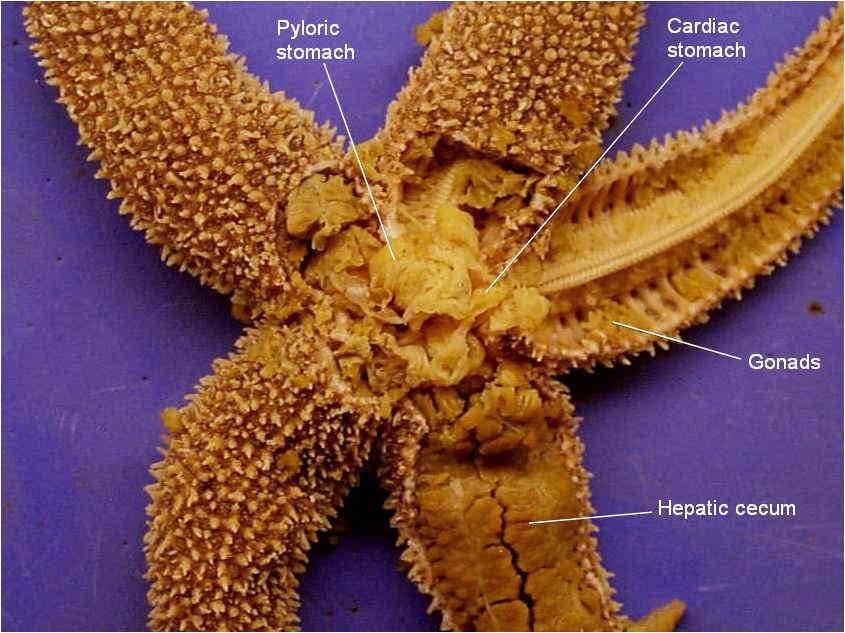

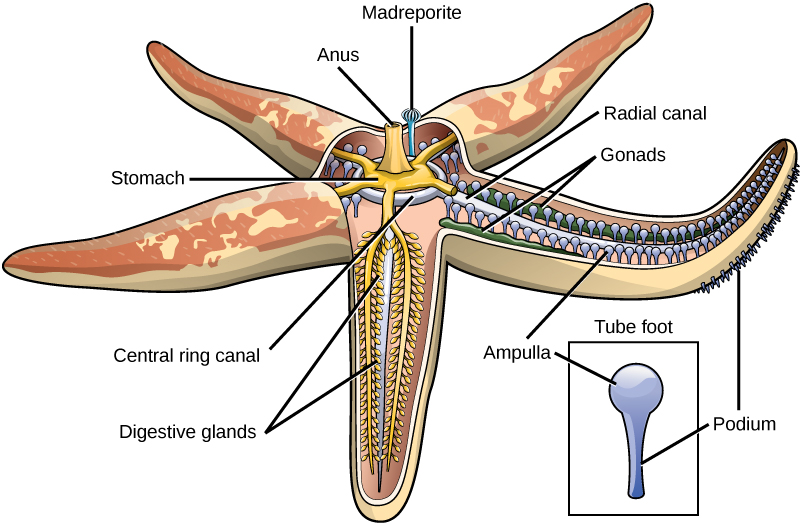
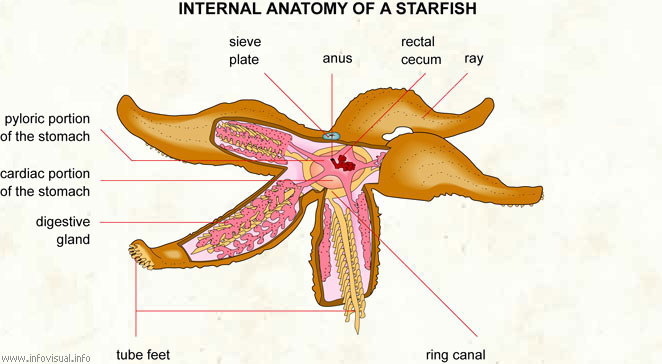







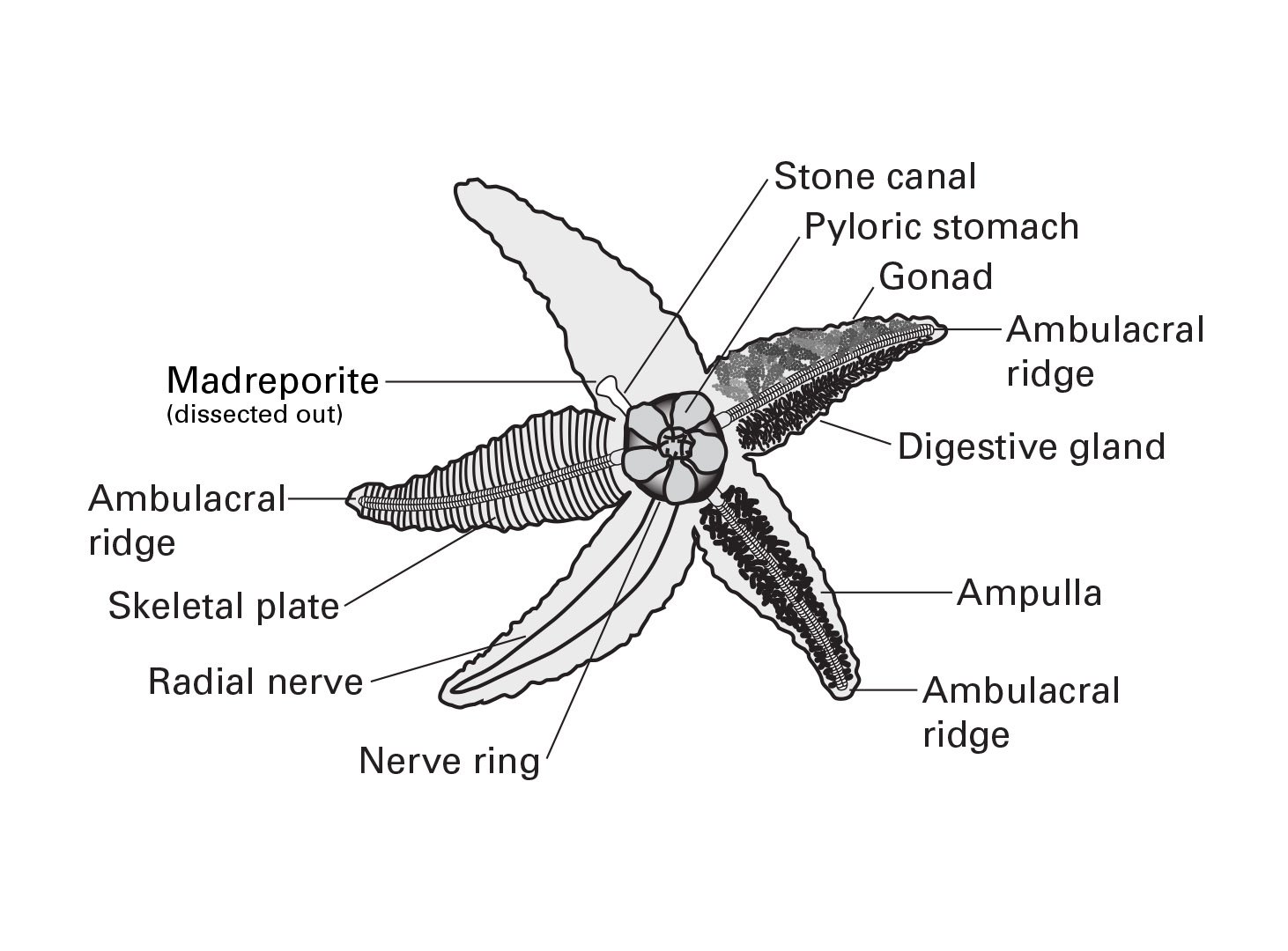

Post a Comment for "44 sea star anatomy"